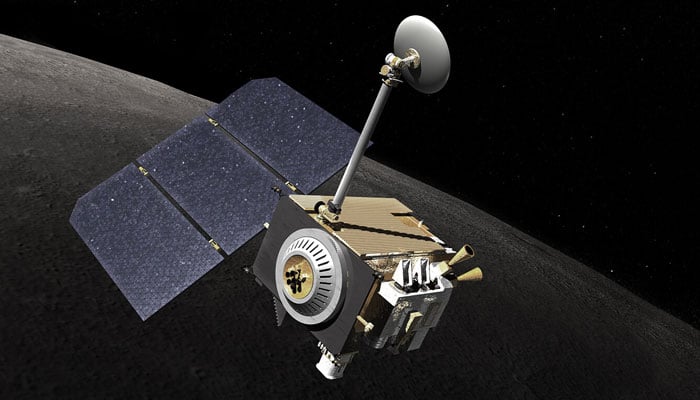Tech
Nasa finds evidence of Japanese lunar lander’s crash on moon

Latest News
Punjab will provide fifty thousand solar kits.
Pakistan
There will be free WiFi in public parks.
Pakistan
FM Ishaq Dar praises IAEA for using nuclear technology in a “peaceful” manner
-

 Latest News3 days ago
Latest News3 days agoTo discuss the judges’ letter, the IHC CJ calls for a full court meeting.
-

 Latest News1 day ago
Latest News1 day agoThe IHC defers making a ruling on cases involving the same complaint against Sheikh Rashid.
-

 Latest News1 day ago
Latest News1 day agoIran and Pakistan will cooperate on energy projects, such as the IP Gas Pipeline
-

 Latest News2 days ago
Latest News2 days agoNawaz Sharif departs for a five-day personal visit to China.
-

 Latest News1 day ago
Latest News1 day agoThe Lahore High Court Chief Justice has referred Fawad’s request for an extension of protective bail to a division bench.
-

 Latest News3 days ago
Latest News3 days agoThe creation of a provincial enforcement authority is approved by the PunjabCM.
-

 Education2 days ago
Education2 days agoThe president of Iran’s wife, Dr. Jamileh, claims that knowledge without ethics is worthless.
-

 Latest News3 days ago
Latest News3 days agoPTI announces a public meeting in Karachi.



























